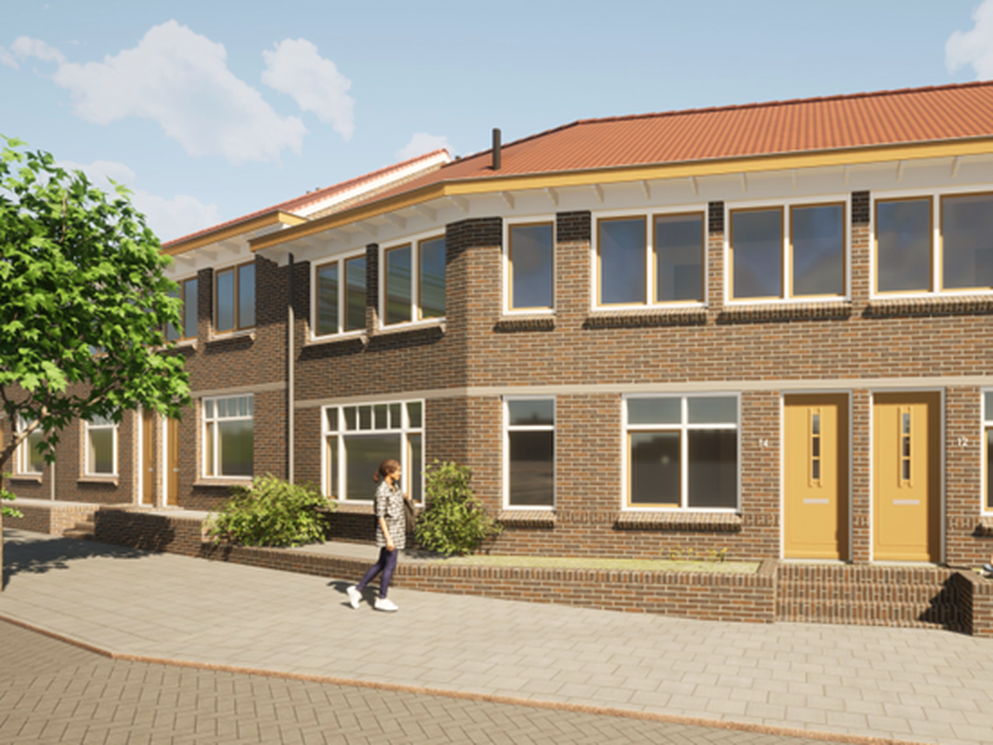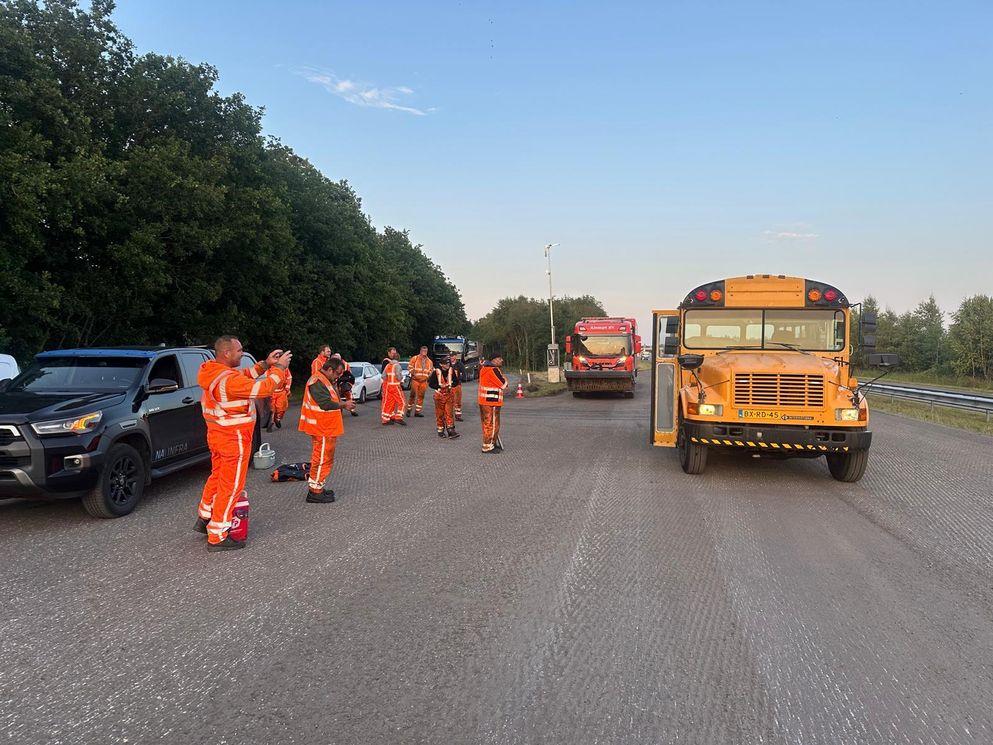UK’s largest jet grouting exercise takes place at London’s busiest underground station

(Press release Taylor Woodrow:) Watford, 23 October 2014 - Innovation and industry firsts are at the centre of the ongoing success at London Underground’s Victoria Station Upgrade (VSU) as the team redeveloping the station has performed the first, large-scale jet grouting tunnel construction in the UK.
Principal contractor Taylor Woodrow BAM Nuttall (TWBN), the designer Mott MacDonald, and specialist contractor Keller, have installed 2,000 interlocking jet columns to enable safe tunnelling in the challenging ground conditions of water-bearing find sands overlaying London clay.
The team faced many challenges whilst completing the 24 phase construction programme. A common challenge was ensuring that the pedestrians and vehicles were able to travel safely throughout the area during the 34 month period onsite.
Existing infrastructure, including sewers, water mains and London Underground (LU) tunnels, posed further obstacles for the team to work around. These challenges dictated that the tunnels were constructed at shallow depths, with an axis approximately 10m below ground surface and clearances of less than 100mm from essential LU assets in places.
Craig Prangley, Project Director from Taylor Woodrow, commented: ‘The team showcased innovative engineering at its finest. Whilst the exercise was not overtly visible, it was a tremendous feat of engineering and yet another area of the project where we have pushed the boundaries and advanced current engineering practices.’
Glenn Keelan, VSU Programme Manager, added: ‘These works were a piece of genuine construction engineering innovation. This is a real achievement for the Taylor Woodrow BAM Nuttall and Keller teams, and they should be very proud. We have never used the prescribed techniques in combination on the London Underground estate before. Unsurprisingly, they came under extreme scrutiny and their delivery required continuous refinement and improvement, including the ‘leap of faith’ needed to apply Building Information Modelling to ground treatment techniques. This could have only been delivered with the collaboration of many parties, not least, the Station Operations team whose resilience made the learning curve less challenging then it might have been.’
Steve Worthington, Keller’s Project Director, added: ‘The sequencing of work required careful planning and was driven by a risk review of each individual column. We reviewed criteria such as soil types, column inclination and proximity to sensitive structures to successfully install the network of columns to tunnel through.’
Jet grouting is a construction process which improves the quality of the ground by using a kinetic energy jet. The jet mixes the in-situ soil with a cementitious material to create an homogenous ‘soilcrete’ column which reduces permeability and strengthens the ground.



